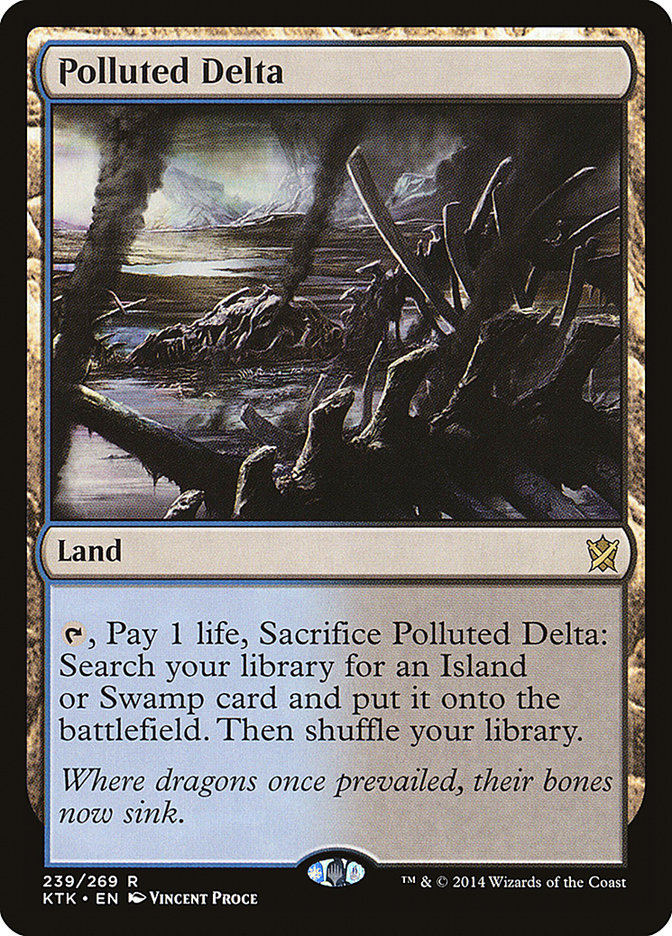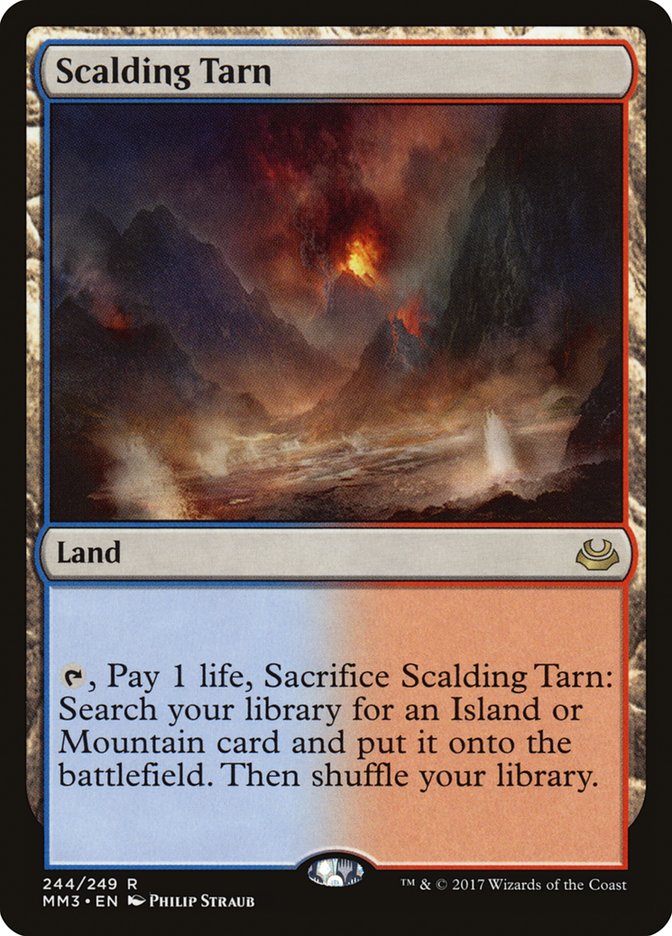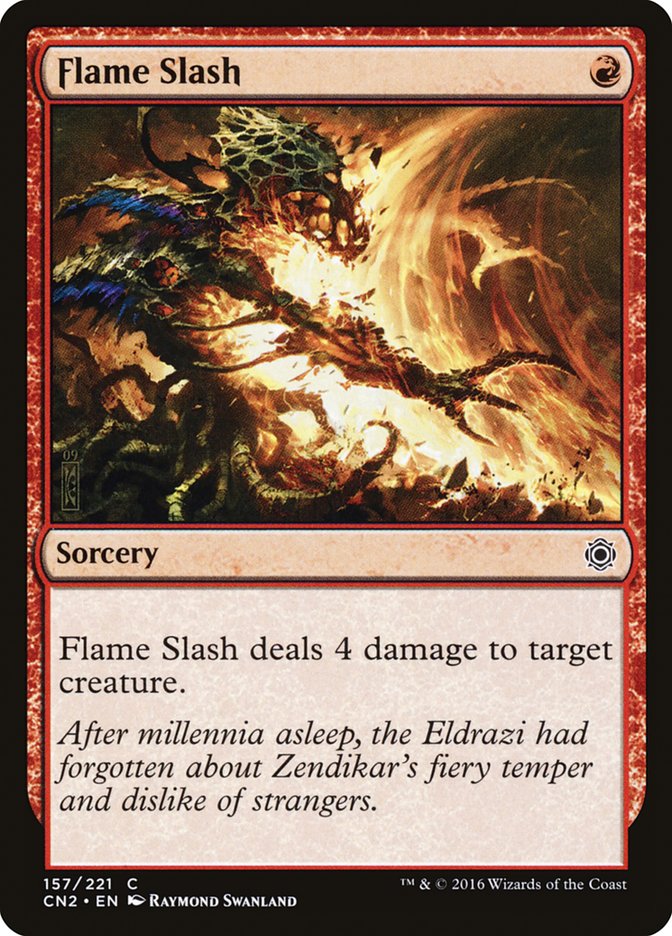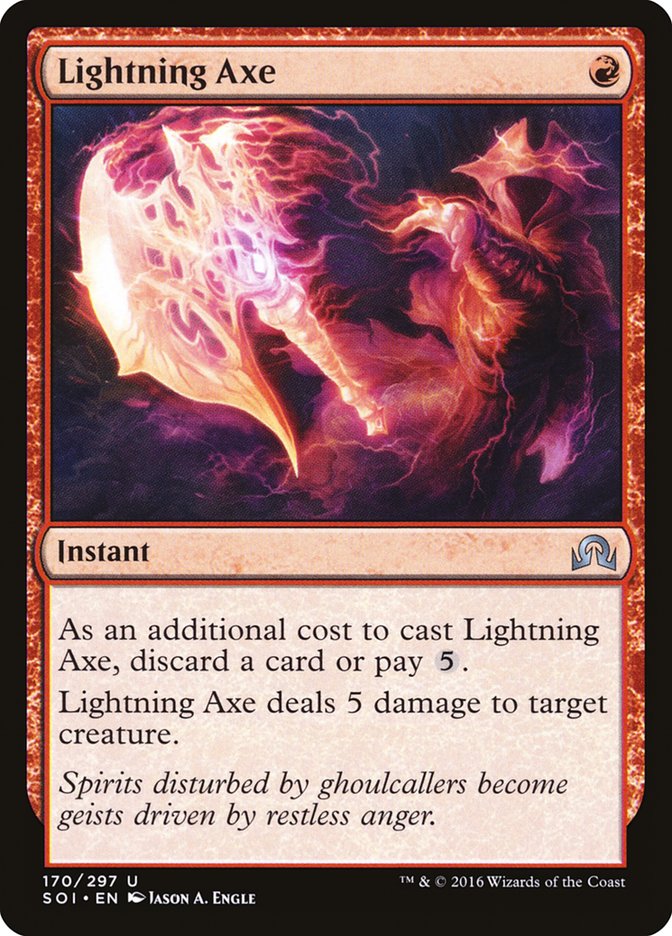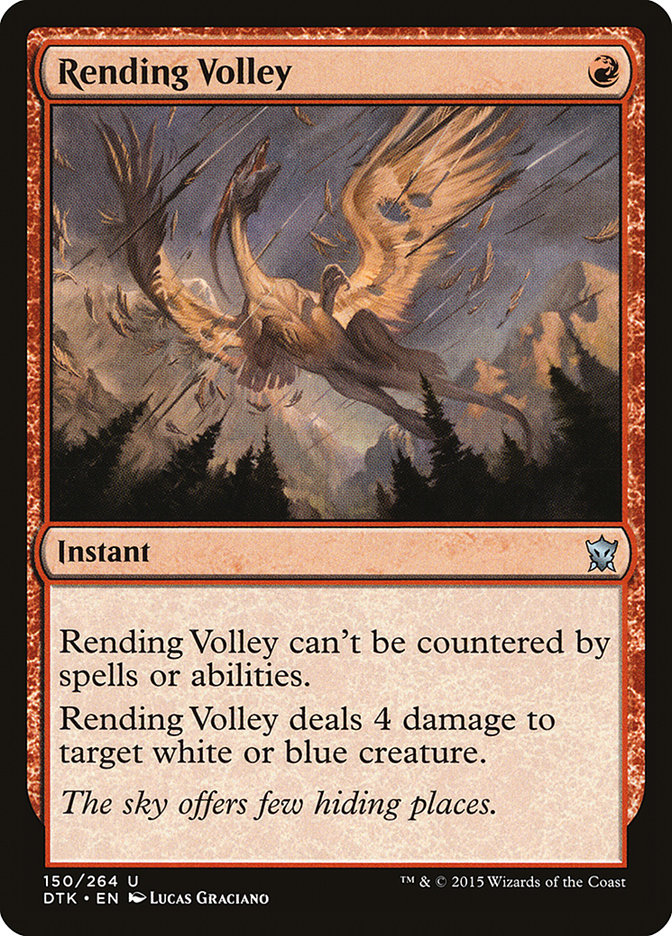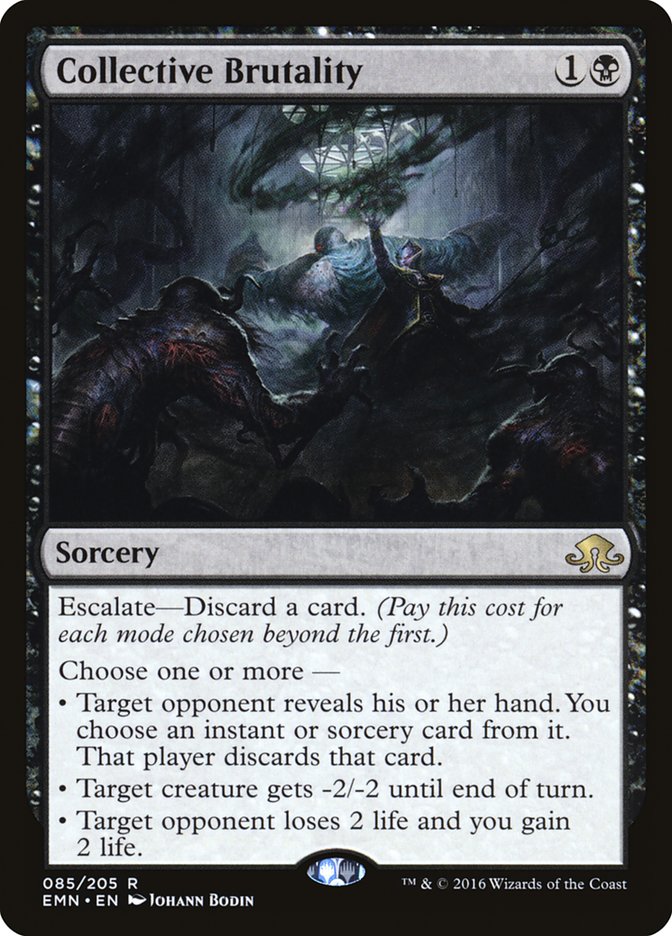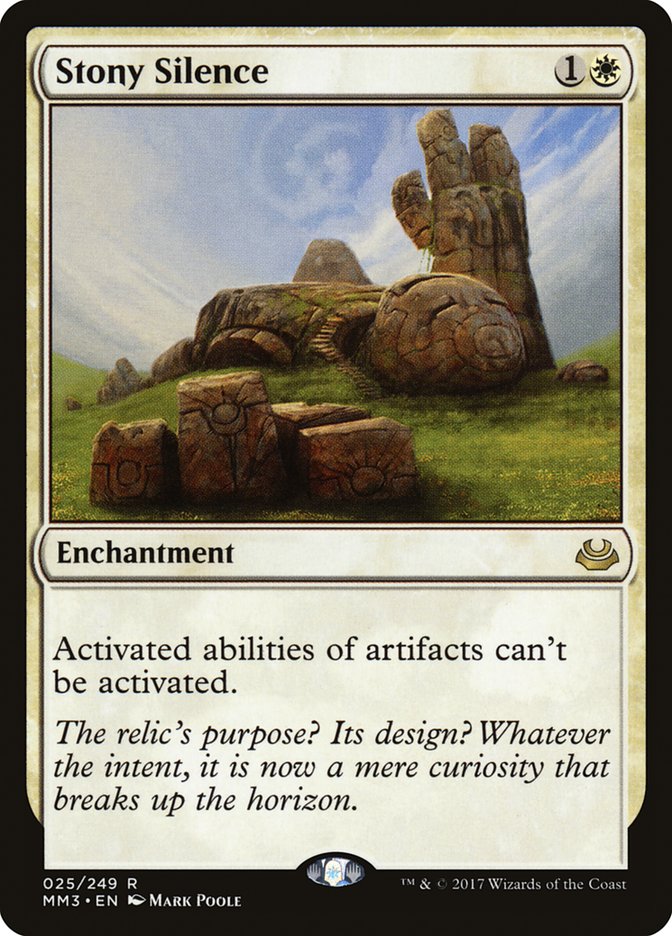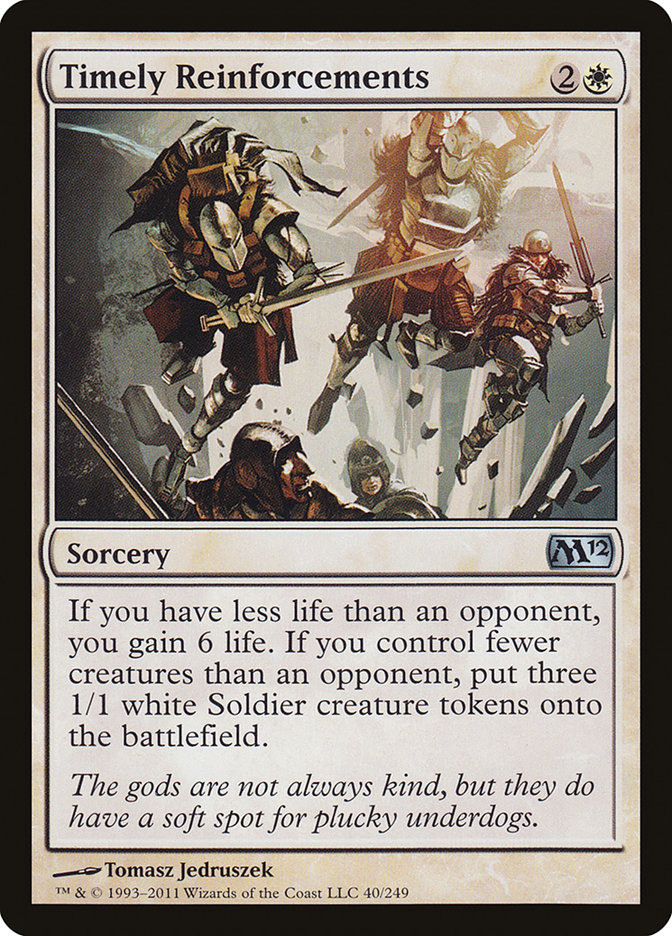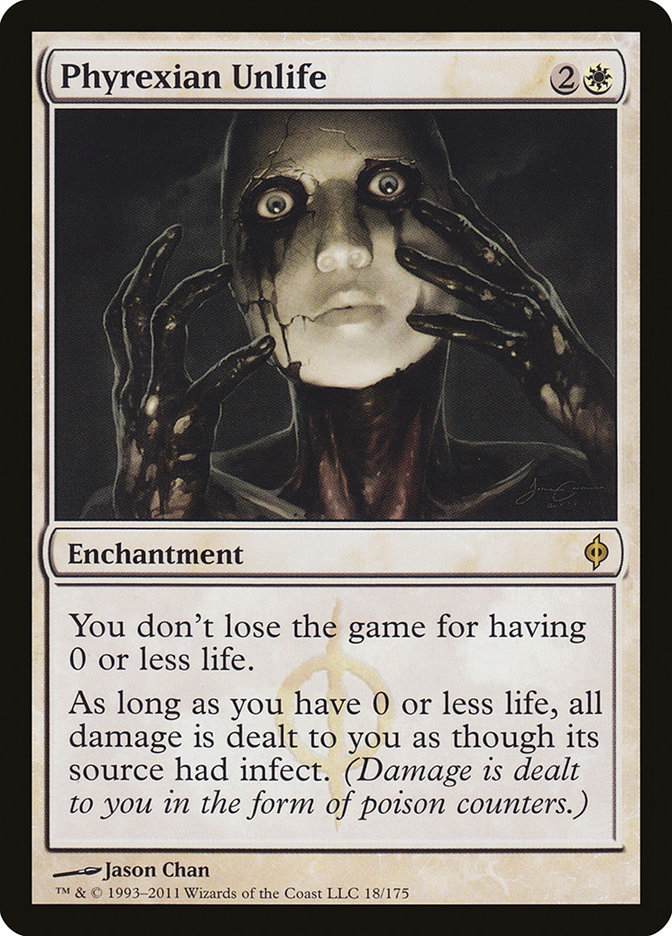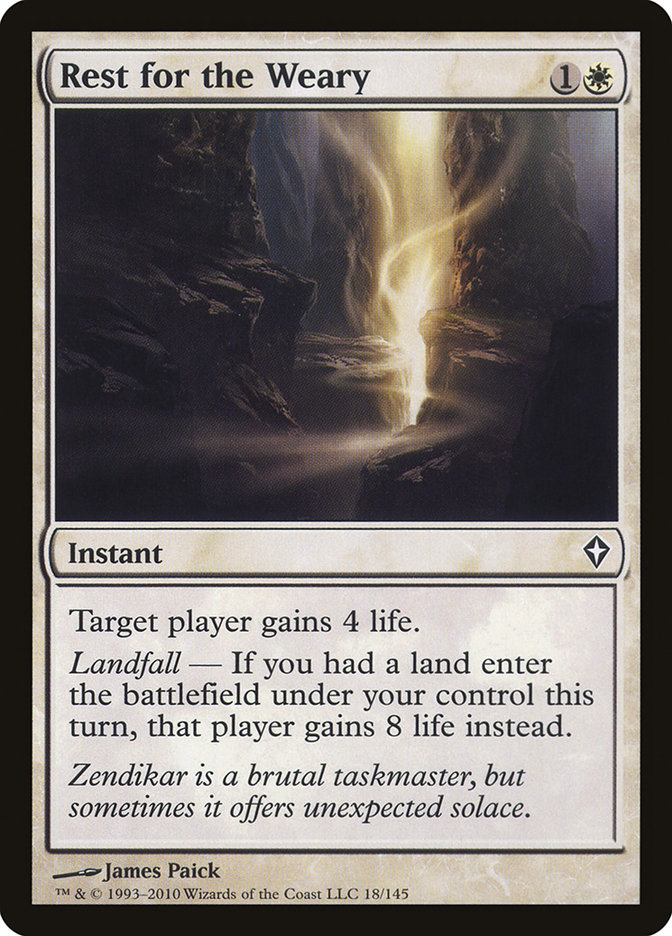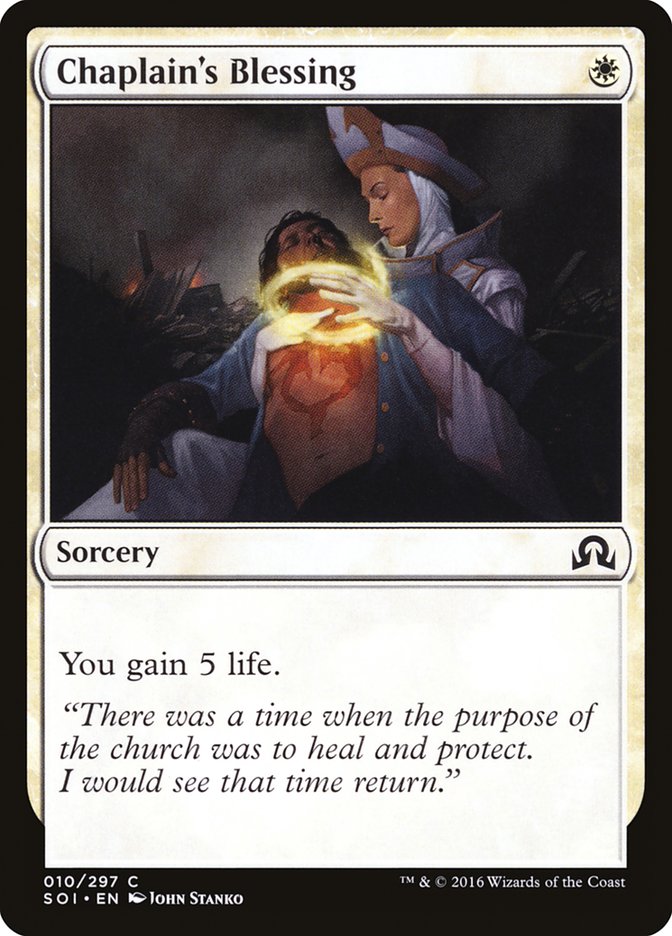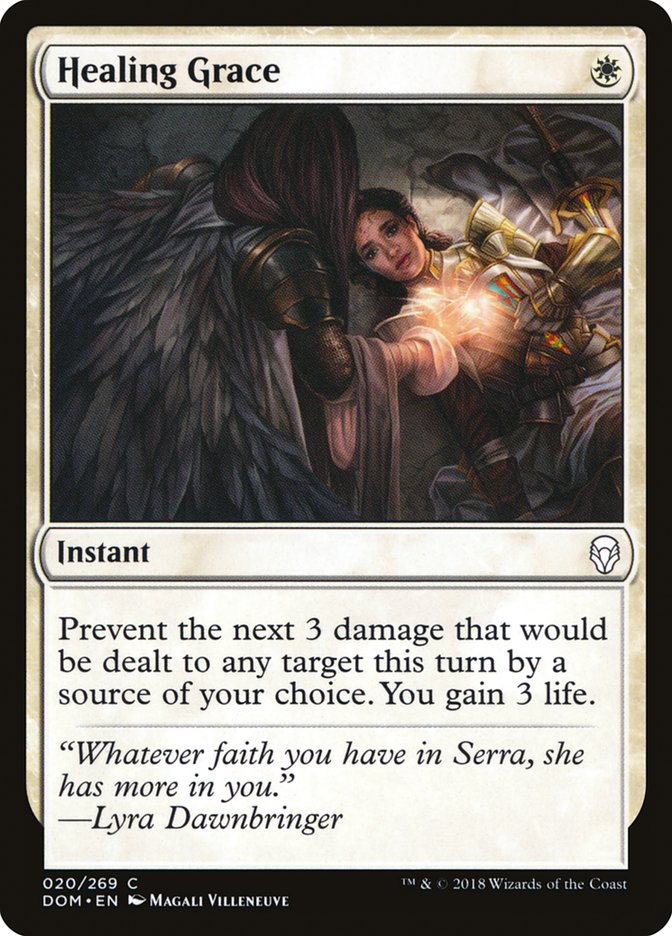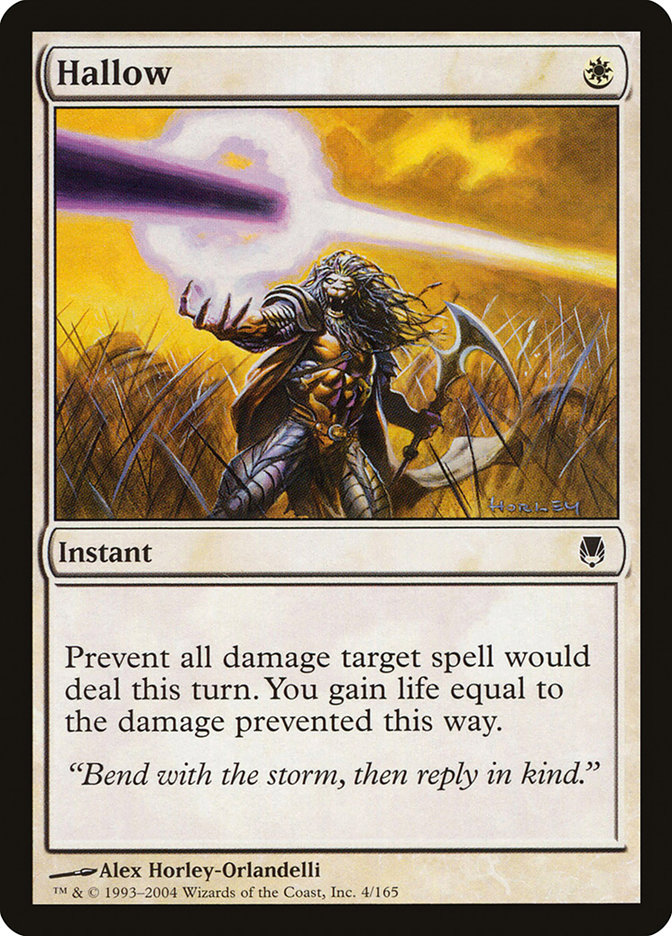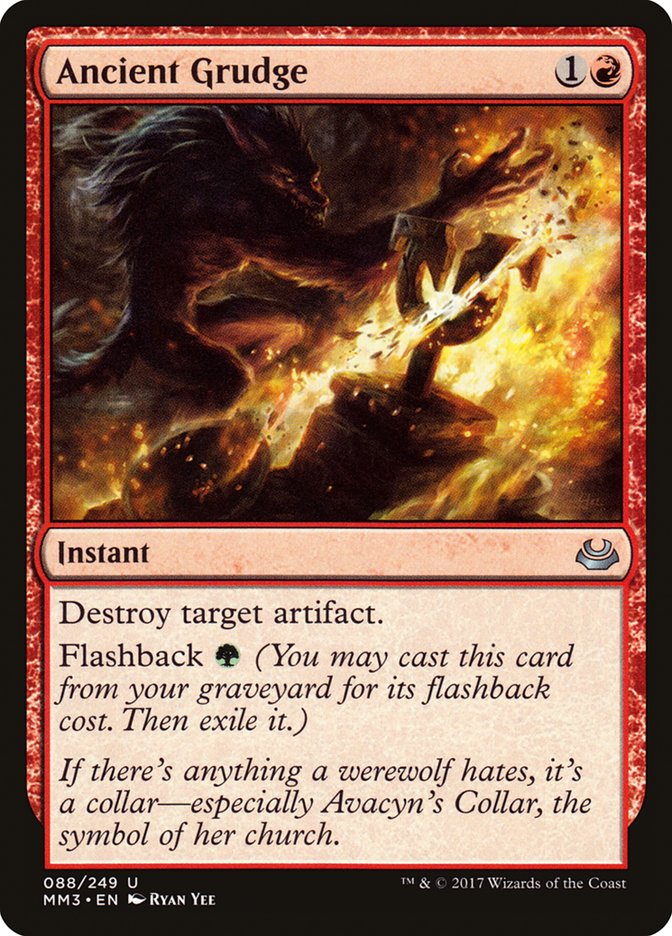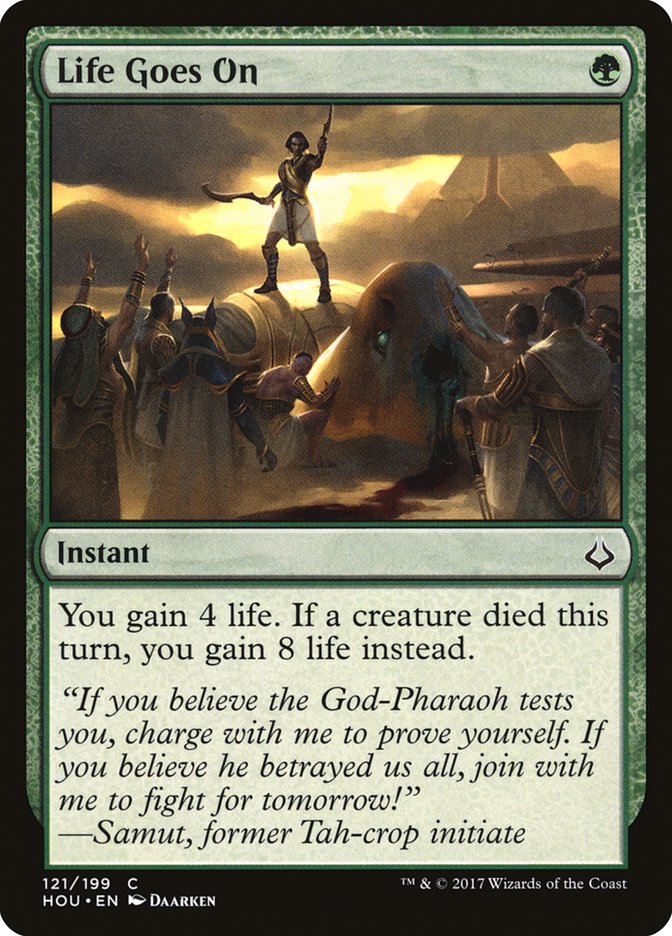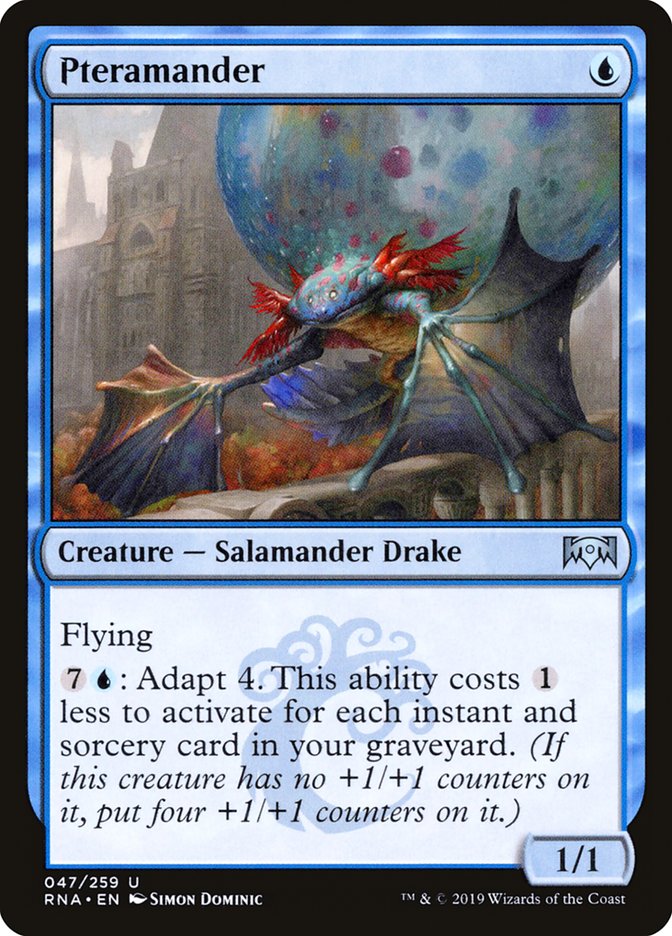As someone who doesn’t often dabble in innovating new archetypes, much less do so successfully, the rise of Izzet Phoenix has been surreal. Since I, alongside Brennan DeCandio and Tannon Grace, Top 8’ed the Team Constructed Open in Las Vegas last November and subsequently won the Modern Open in Baltimore two weeks later, the deck has become arguably the most successful deck in Modern, occupying the top spot on MTG Goldfish’s metagame tracker for much of the last three months and taking down a Grand Prix in the hands of Eli Kassis.
When you’re working on a deck yourself, your experiences and the opinions formed from them are all that enters in the discussion. But once the deck is out in the world, you lose control of it. I imagine it’s similar to having your child leave the house for the first time. You know it’s coming, but you’re not entirely prepared to relinquish control of something that you once had such a large hand in shaping.
But the reality is that the community at large is going to play orders of magnitude more games with your deck than you ever will, and come up with tons of ideas that you never did. Modern is a huge format with a card pool that offers unfathomably many options, especially with the power of the lands. Simply put, fetchlands are broken, and in combination with shocklands and/or dual lands they allow splashing very easily.
In a format with such powerful sideboard cards as Modern, splashing to shore up a weak matchup or two is incredibly tempting, and doubly so for a deck with as much velocity as Izzet Phoenix that will consistently find its sideboard cards in Games 2 and 3. Before every Modern tournament, when I’m looking at the metagame shifts over the previous week or two, I consider what the other three colors have to offer and whether it’s enough to make me want a third color.
In general, there are three major holes I’m trying to fill with a splash color.
One is the weakness to big creatures. Flame Slash, Lightning Axe, Rending Volley, and Beacon Bolt do an admirable job of cleaning up creatures that Lightning Bolt can’t, but they all have glaring holes that prevent them from being more prominent parts of the deck. Flame Slash doesn’t hit Gurmag Angler, Lightning Axe is often card disadvantage, Rending Volley has strict color requirements that the current metagame mitigates (though that could change), and Beacon Bolt is a three-mana sorcery in a deck that values mana efficiency above everything else.
Second is a weakness to linear decks that can ignore Lightning Bolt and Gut Shot. Decks like Storm and TitanShift are scary matchups because the maindeck interaction is entirely based around answering creatures. This is partly so that the disruption itself can be cast proactively so as to transform Thing in the Ice and recur Arclight Phoenix, but it means you’re mostly left to try to race in Game 1 with a deck that doesn’t win before Turn 4 and hope that some sideboard counterspells don’t mess up the deck’s engine too much. Proactive disruption for these matchups would fit better with the deck’s natural gameplan.
Last, there’s the issue of Burn. The deck is now one of Modern’s most popular choices after receiving its first significant upgrades since Eidolon of the Great Revel, and it’s certainly good at punishing a deck that wants to putz around casting lots of cantrips in the early game. Blue and red aren’t exactly known for their lifegain options, so if you want to solidify this matchup with targeted hate, you’re either looking at Dragon’s Claw or adding a third color.
With these issues in mind, here is my evaluation of the various potential splashes in Izzet Phoenix.
Black
This was the splash I played in Las Vegas, solely for Collective Brutality. I haven’t gone back to it because the options for Grixis simply aren’t that good. Collective Brutality is one of the best cards in the format against Burn, but its value goes down significantly when being cast off a single Watery Grave. The two life you gain is often negated by the extra two damage taken from the shockland, though Manamorphose helps a little.
Also, as I moved away from Fiery Temper, there wasn’t a need for many additional discard outlets past Faithless Looting, which was what initially drew me to Brutality. This deck wants cards in its hand so it can cast plenty of spells to establish its clock, and that clock is very important against Burn.
Where Collective Brutality was more impressive than intended was in control and combo matchups, where a discard spell is quite valuable. I’ve thought about playing Thoughtseize to help out against those decks as well as big mana like Amulet Titan and Tron, but right now those matchups aren’t popular enough to merit the inclusion.
As for removal for big creatures, black seems like the most obvious color to turn to, but the best option you get, Fatal Push, isn’t exciting. It handles Thing in the Ice and Death’s Shadow quite well, but Izzet Phoenix doesn’t have a lot of fetchlands, so creatures with converted mana cost larger than two – Gurmag Angler, Crackling Drake, Spell Queller, etc. – will often get by it, and that’s too big of a hole. If there were more Tarmogoyf decks around, Fatal Push would be more attractive, but Tarmogoyf is unplayable in Modern right now, a notion that we would’ve laughed at even five years ago.
In order to find removal that fixes these holes, you have to look at more expensive options like Terminate, and one thing I’ve learned over the last three months is that every spell at more than one mana is a significant cost. Plus, if I was looking for a two-mana spell to handle big creatures, I could play Harvest Pyre in Izzet, a card that impressed me back in my Blue Moon days.
Final Verdict: Black is the worst splash option and is only viable in very Combo- and Big Mana-heavy metagames.
White
Of the three splash colors, this is the one I like the most, and in fact played at the Worcester Open last month. The primary impetus for the white splash was to gain access to Stony Silence against Ironworks. With that deck losing its namesake card to the banhammer, the white splash may look outdated, but in that tournament Path to Exile did the heavy lifting. It cleanly answers every problematic creature the deck has, and with Lightning Bolt and Gut Shot around to handle the early threats, you’re unlikely to have to use it when the extra land is most beneficial.
Path to Exile was so impressive that I played a Snapcaster Mage largely to flash it back against Death’s Shadow, and once I went back to Izzet, the Snapcaster Mage become significantly less impressive.
Stony Silence doesn’t have any major targets right now with Affinity on the downswing, but Hardened Scales has kept it alive, and last weekend at Grand Prix Toronto we saw a rise in Ad Nauseam, a combo deck that matches up quite well against Izzet Phoenix, Dredge, and Burn. Three copies of the deck were in the Top 32, and Stony Silence in combination with Blood Moon is a great way to lock out that deck’s mana. With the perennial presence of Tron, this might be enough to make Stony Silence worthwhile again.
As for Burn, white has no shortage of great options. Timely Reinforcements is the obvious choice, but as a three-mana sorcery it’s awkward, and the card isn’t great against most aggro decks in Modern while playing poorly with Thing in the Ice. At three mana, I’d take a page out of Ad Nauseam’s book and look to Phyrexian Unlife, a card that effectively gains more life while being immune to Skullcrack. If your Burn opponent wants to bring in a card like Destructive Revelry to answer it, I’m happy.
I mostly see players on Rest for the Weary when they choose a cheaper spell, but there are some solid options at one mana as well. Chaplain’s Blessing is straightforward, effective, and can be cast proactively. Healing Grace has the potential to gain an effective six life, so it is a little more powerful and can be cast proactively if necessary. And Hallow plays a similar role as Healing Grace, but has the highest upside when targeting Searing Blaze with landfall. Of the three I’d probably look to Healing Grace, since it can let you more freely block with Thing in the Ice.
That said, I’m rather skeptical of having a specific card for the Burn matchup. Right now the deck is at its most popular in years, so it’s understandable to want to shore up the matchup, but there’s always a sacrifice in targeting a specific deck in Modern, and every splashed lifegain spell makes the manabase more painful. Not only are you adding another shockland, as I noted when remarking on Collective Brutality, you’ll likely want to pair that shockland with a Steam Vents to ensure you have access to all your colors and enough blue mana to chain cantrips.
Contrast this with the straight Izzet build that relies on counterspells to get the job done against Burn, but with Sulfur Falls and a healthy five basics can consistently take two or fewer damage from its lands. The deck has plenty of velocity, but you’re still not finding these lifegain spells every game. Do you find your Hallowed Fountain / Sacred Foundry early in order to guarantee you can cast a Rest for the Weary should you draw it? Do you hold your Manamorphose instead? These are both real costs just for having the card in your deck that give me pause about every splash, but especially for splashes that are meant to help against Burn.
Green
The last potential splash color, Green, has come from the community, first in Eli Kassis’s Grand Prix Oakland winning list, and more recently in Ryan Overturf’s Open-winning unbeatable Temur list.
The main prize here is Ancient Grudge, which is the perfect sideboard card for a deck with Faithless Looting and Thought Scour. Unfortunately, the current metagame isn’t kind to Ancient Grudge, but the moment it is, I’ll be finding space for the card because it just plays so well with the other cards in the deck.
Ryan went a lot further with his green splash, maindecking Traverse the Ulvenwald to round out the threat package and offer some utility with the singleton copies of Snapcaster Mage, Magus of the Moon, and Faerie Macabre.
If you had shown me that list a month ago, I would’ve been all over it. At that point, I had looked at several creatures to fill out the threat base next to Thing in the Ice, Arclight Phoenix, and Crackling Drake. All had proven mediocre. Traverse the Ulvenwald fills it out nicely, and the fact that it does so while being a sorcery gives the deck a way to increase its threat density without sacrificing its spell density. It enables multi-Phoenix turns, which are among the deck’s most powerful draws, and can turn into multiple spells with the Snapcaster Mage.
It’s a remarkably well-built deck that solves a problem I had with the deck rather cleanly, with the addition of Mishra’s Bauble over Opt being the main sacrifice, along with an added vulnerability to graveyard hate. However, Ravnica Allegiance has given us an Izzet solution to that problem: Pteramander.
I played two copies of Pteramander at the Team Constructed Open in Baltimore and they consistently exceeded my expectations. It’s not a card you cast early very often since the one damage isn’t often relevant and it becomes exposed to Gut Shot, Lightning Bolt, and other red removal, but it becomes a blue Tombstalker quite quickly, usually around Turn 4 or 5, which makes it a great follow-up threat if your Thing in the Ice is answered or you have to interact a lot in the early game.
In combo matchups, the low start-up cost lets you leave up counterspells and adapt on their end step if you have the extra mana, creating a significant clock immediately, and without the extra work of Monastery Swiftspear.
Like Traverse the Ulvenwald, Pteramander makes you more vulnerable to graveyard hate, but it requires much less work to fully utilize, both from a deckbuilding and gameplay perspective, and solves all the same problems.
In sum, for now I’m in favor of sticking to two colors. But it’s important to keep your eyes open as the metagame evolves. A new deck emerging or getting popular could open a different hole in Izzet Phoenix’s strategy, and there are plenty of other powerful cards in Modern you can splash for. The main takeaway here is that every splash has costs, so you need to be very clear on your reasons for adding a third color, since those small costs and lost percentage points will add up over time.
After an initial anxiousness of seeing the greater community tinker with my baby, it’s now incredibly gratifying to see the sheer number of possibilities available to the deck. My initial list with the full four Crackling Drakes, Chart a Course, and Fiery Temper looks ancient in comparison to the tuned lists of today, and much of the credit for that progress goes to other players who put up finishes with the deck or offered me feedback directly. I may not agree with everything other players put into their lists, but at this point the deck belongs to them just as much as it does to me.
My baby is all grown up. I just hope it remembers to call me once in a while.



